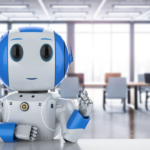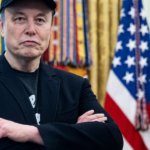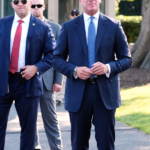Facing his biggest crisis yet, CEO Elon Musk is dialing up the incentives on a vitally important Tesla car in a bid to rekindle dwindling interest in his stale EV product line.
Now the problem is not whether it has enough supply, but how to utilize all the production capacity it already has now that new orders have dropped off. Prospective customers in Silicon Valley’s Palo Alto don’t have to wait even 24 hours to take delivery. A brand-new Model Y refresh can be theirs the very same day they sign the down payment.
Underneath, the Model S still shares the same construction as the first one that rolled off the line in 2012; ditto for all of Tesla’s other vehicles. Only minor design touches and updated interiors have been added to minimize cost.
Tesla has instead emphasized its ability to remain competitive in the EV marketplace through raw material cost savings, sticker price cuts, and, importantly, software updates. This includes its advanced driver assist feature known as FSD Supervised, which runs entirely on artificial intelligence.
For investors, Tesla is swiftly becoming a binary bet on whether Musk’s AI is so potent that it’s on the verge of disrupting the global ride-hailing industry. That’s if FSD can drive without human supervision.
The question facing investors in the $900 billion company is whether Tesla can rapidly scale this business to reach most parts of the nation in the coming months, like Musk promised, without risking dangerous accidents in the process.
As the most expensive member of the Magnificent 7 by far, Tesla is priced to deliver soaring growth well into the future. Worth nearly $1 trillion, investors are paying almost 100 times the forecast $2.91 earnings per share estimated for 2026.
How long that will continue increasing looks like it will depend on the success of the robotaxi pilot rather than the Model Y refresh.









